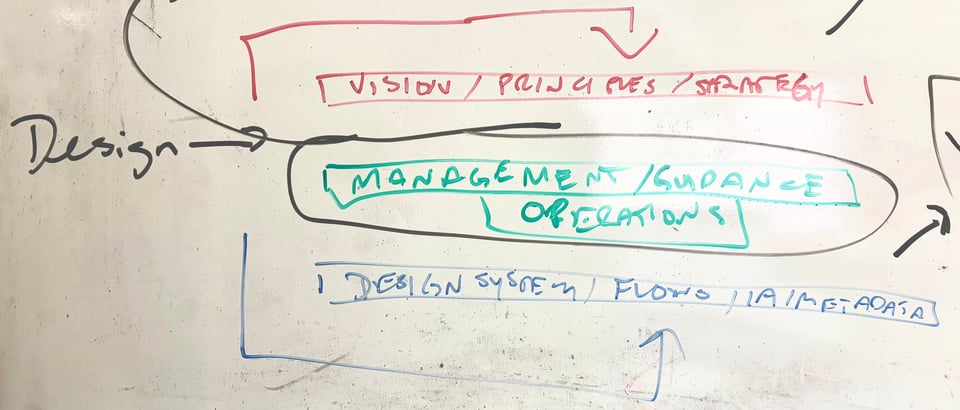[TMA] AI Will Widen the Design Chasm

From the sofa of Peter Merholz…
Design, AI, and The Widening Gap between Savvy and Clueless
My ~10 minute take combining the technology adoption curve (think “Crossing the Chasm”) with UX maturity models has surprised me for its popularity (nearly 48,000 impressions). What I didn’t share was what lead me to that speculation, which was a conversation I had with an old friend about design and AI.
He works for an early stage VC firm, and shared how their portfolio companies use AI tools to rapidly build interestingly complex services while keep headcount minimal. As I was telling him of a client with a 50-person design organization, he said that soon, those orgs will be five-to-ten top-notch designers, iterating with AI tools that do the bulk of the labor.
As he said that, I found myself wondering about the legacy enterprises I work with (think financial services, older retail, etc.). For 15-20 years, reams have been written on savvy software product development practices, so it’s no secret how these organizations “should” operate, and yet these legacy enterprises remain immature, resistant to the kind of change necessary to embrace new ways of working. (These are the companies on the right side of the curve in the video).
With the adoption and integration of AI tooling, I can only imagine this gap between savvy and legacy practices will further widen. The reason the product development teams in these legacy enterprises are massive is not because that’s what’s needed to deliver customer value, but because the internal organizations are needlessly complex, and product development ends up mirroring that. (I wrote about this phenomenon about 6 months ago.) In much the same way that savvy product practices didn’t change this needless complexity, I don’t think AI will either.
From my whiteboard
In a session with one of my thought partnership clients, I drew the following on my whiteboard to help them consider where to focus their energies, because they didn’t know quite how to engage and add value.

Depending on organizational phase, where the Design team (and design leadership) leans changes. There are times when Design is sought to inform product strategy, to articulate a clear vision of where things are headed, and the experience principles necessary to guide that effort.
Then there are times when it’s about the consistency across the user experience, where design systems, common flows, and clear information architecture (for navigation and search) are paramount, in support of high-quality execution.
And then there are times where neither is being asked for, and, particularly as a design executive, the best thing you can do is ‘mind the store’—a focus on management, serving as a resource and mentor for your direct reports, helping them think through their challenges and getting unblocked, and with more of a focus on your team’s performance. This is a much more operational mode, which my client bristled at—they want to be, or at least lead, creatively. But sometimes, that isn’t the job.
Service Design conference this week!
I will be attending the Advancing Service Design conference on Tuesday and Wednesday, and if you haven’t registered yet, here’s a discount code for 15% off: PETERME15.
Design Leadership conference in January!
And I’m still active in programming the Design Leadership Summit, taking place in Toronto on January 29-30. There are many good things in store, and it’s still the only broad-based design leadership event in North America in 2025 (at least that I’m aware of). If you’re a design leader seeking community, look no further!
Thank you for your attention, and if you found value in this newsletter, please share it with others!
—peter
Add a comment: